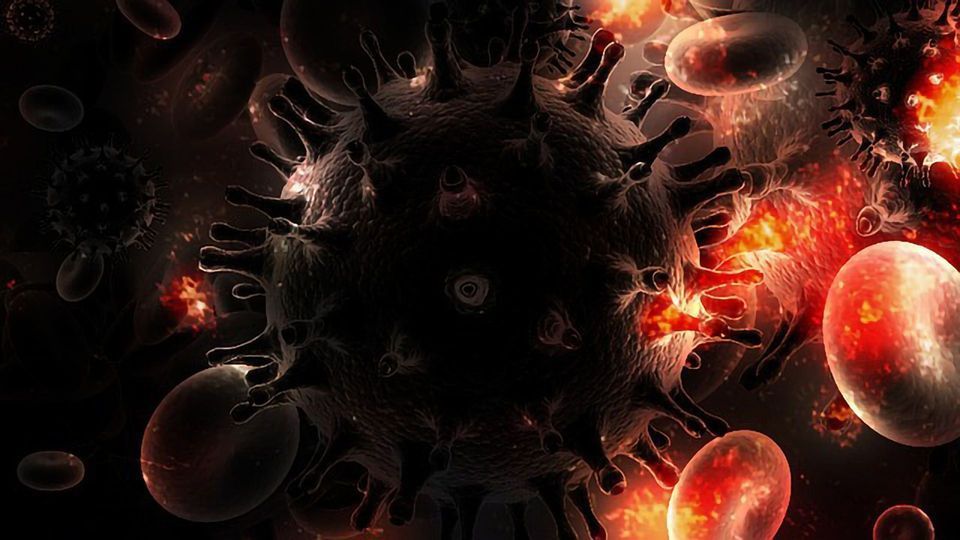New Study of HIV Vaccine Shows Promising Results Across Strains

Complete the form below to unlock access to ALL audio articles.
In 2003, a clinical trial took place in Thailand that tested the safety and efficacy of a HIV vaccine, RV 144. The U.S. Army-led trial was the first vaccine clinical trial to demonstrate efficacy in preventing HIV that tested a combination of two vaccines: ALVAC-HIV and AIDSVAX B/E.
The results, published in 2009, showed that the vaccine produced modest protection against HIV, with a 31.2% efficacy when compared to a placebo.
Today, the results of a new study known as HVTN 097, or "Immune correlates of the Thai RV144 vaccine regimen in South Africa", are published in Science Translational Medicine. The study is led by Glenda Gray, M.D., Co-Principal Investigator of the HIV Vaccine Trials Networks (HVTN).
Using the same RV 144 HIV vaccine employed in Thailand, Gray and colleagues have evaluated whether the vaccine-induced immune responses to RV 144 are similar in a South African cohort.
Across the globe, different strains of HIV are more prominent in specific areas. For example, clades B and E are most prominent in Thailand. In South Africa, on the other hand, clade C is dominant. This diversity in HIV can be problematic when scientists are looking to develop universal therapies.
When diversity is difficult
In response to the novel study, Technology Networks recently interviewed Gray to learn more about the issue of HIV diversity when developing vaccines: "There are many scientific reasons why it has been difficult to find an HIV vaccine. No one has been spontaneously cured from an HIV infection, so there is no prior immunological mechanism that would help us design a vaccine. In addition to this there is no animal model that we can use that directly translates into humans that can assist us in designing a vaccine."
Gray continues: "Most effective vaccines like measles induce neutralizing antibody responses, and the process of protection is via neutralization. Initially in HIV vaccines development, attempts were made to make vaccines that induced neutralizing antibodies, but none developed thus far produced neutralizing antibodies of significance. Currently, based on the RV144 study, we believe that it may be possible to protect individuals against HIV via a non-neutralizing mechanism, that is, inducing non neutralizing antibodies that via other mechanisms inactivate HIV."
A larger initiative
The HTVN 097 study is part of a larger initiative that is led by the Pox-Protein Public-Private Partnership (or P5), a diverse group of public and private organizations that hope to build on the success of the RV144 trial.
P5 aims to produce a HIV vaccine that could have major public health benefits in southern Africa, and to advance scientists' knowledge of the immune response mechanisms involved with preventing HIV infections. Members include:
- The Bill & Melinda Gates Foundation
- The National Institutes of Health
- Sanofi Pasteur
- GlaxoSmithKline (GSK)
- The South African Medical Research Council
- The HVTN
- The US Military HIV Research Program (MHRP)
Despite research breakthroughs in HIV prevention and treatment over recent years, approximately 1.8 million people around the globe were newly infected with HIV in 2018.
Gray comments, "Another reason why it's been hard to find an effective HIV vaccine is because HIV replicates all the time and as it changes, the immune response is no longer effective. So, to overcome this challenge, one has to look at parts of the HIV’s outermost structure (envelope) that are conserved/don’t change with replication, and those parts are hard to find, or unravel and are often hidden, so hard to make antigens against these regions."
The quest for a safe and efficacious HIV vaccine is therefore pertinent as ever. “Since 2009, the HIV vaccine field has been building on findings from RV144 to understand and develop improvements in vaccine breadth and duration in order to protect more people for longer periods of time,” says Julie Ake, Principal Deputy Director of MHRP.
Promising results and future perspectives
The HVTN 097 study results show that the R144 vaccine regimen produced a significantly higher CD4+ T cell response rate in the South African cohort than was observed in the Thai vaccine recipients (RV144 = ~36.4%, HTVN = 51.9%).
When asked about the major findings of the study, Gray tells us "Vaccine-induced immune responses elicited from this clade B/E based vaccine regimen induced cross-clade responses in South Africans and, at peak immunogenicity, the South African vaccinees exhibited significantly higher cellular and antibody immune responses than the Thai vaccinees."
“This breaks open the thought pattern that each region of the world needs a separate type of HIV vaccine based upon their circulating strains,” said Larry Corey, M.D., Principal Investigator of the HVTN.
Gray tells us that obesity did not reduce vaccine immune response in South Africans. This finding is important considering that a previous clinical trial (HTVN 503/Phambili) conducted in South Africa suggested that a higher BMI was linked to a reduction in vaccine-induced immune responses.
"Irrrespective of sex and age, responses were good in South Africans. CD4+ T cell responses were impressive and the functionality score of the CD4+ T cell response was better in South Africans. Antibody-dependent cellular cytotoxicity (ADCC) also was better in South Africans", adds Gray.
The HVTN 097 study is a precursor for studies that will adapt the R144 Thai vaccine regiment to be clade C specific – an example being HVTN 702, which is already underway.
Dr Glinda Gray was speaking with Molly Campbell, Science Writer, Technology Networks


